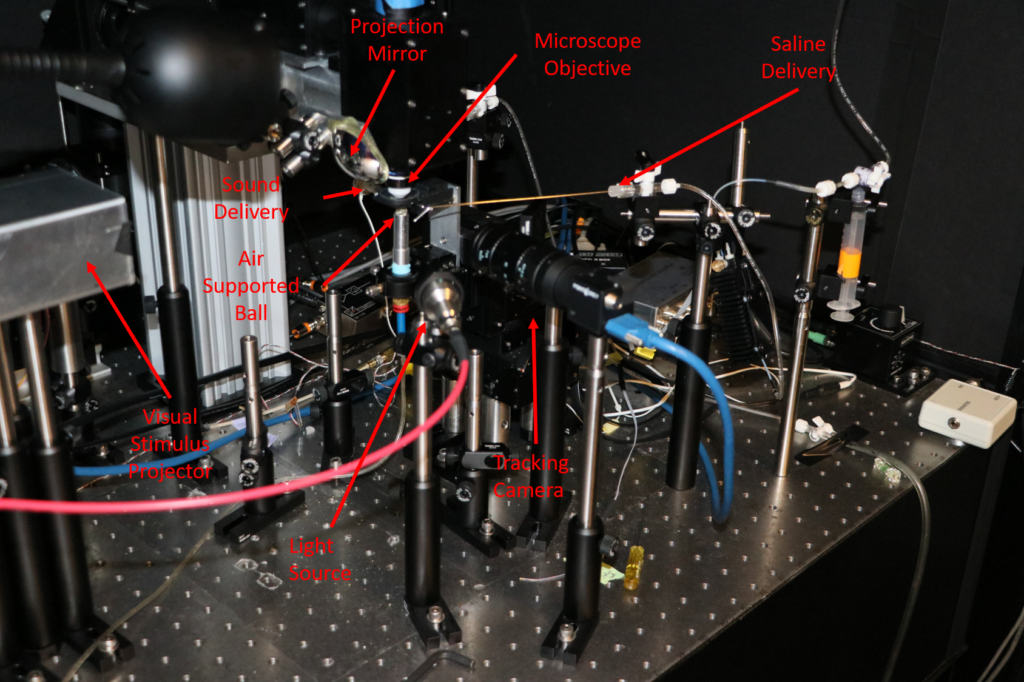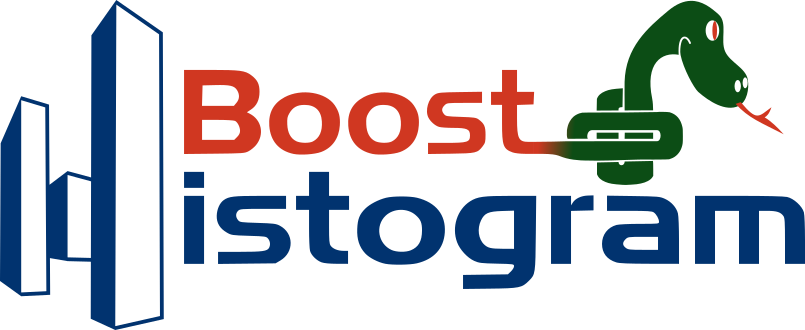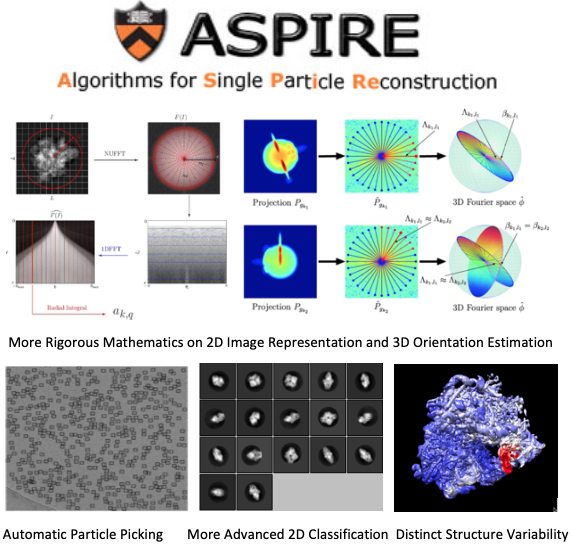As a researcher, inquiries about previously published research probably evoke two feelings: panic-filled regret or calm authority. Often the difference is time; it’s easier to talk about the project you worked on last week than last decade. Talking about old protocols or software is a lot like someone critically examining the finger painting you did as a child. You know it’s not perfect and you would do several things differently in hindsight, but it is the method in the public record. The rate of change seems faster with software development, where new technologies redefine best practices and standards at dizzying rates.
Perhaps the most challenging problem is when researchers outside of your institution fail to reproduce results. How can you troubleshoot the software on every system or determine what missing piece is required to get things working? What was that magic bash command you wrote 5 years ago?
Continue reading


